Best Catfish Rigs: How to Tie, When to Use, and Why They Work
Table of Contents
Rig #1: Santee-Cooper Rig
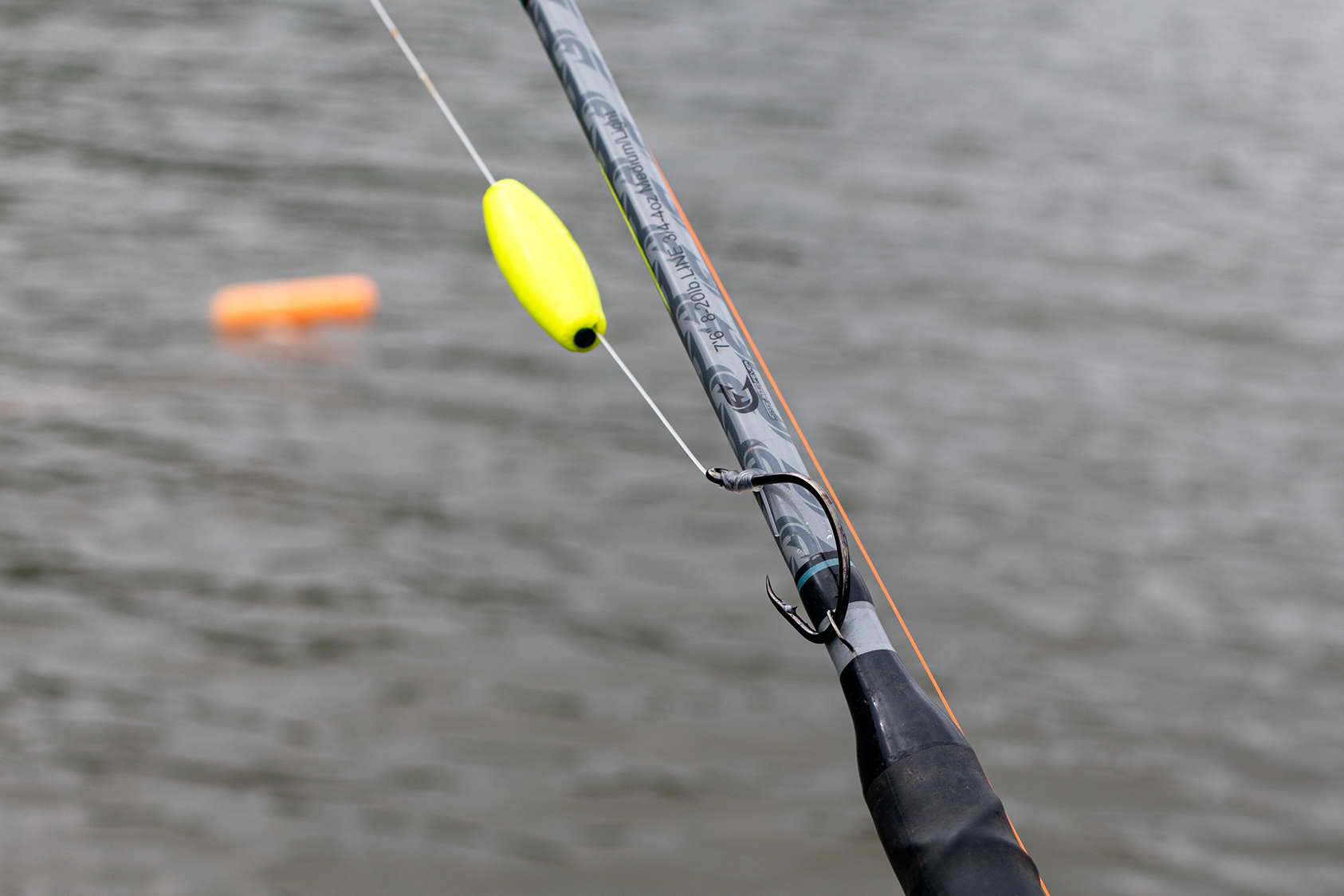
Rig #2: Carolina (Slip-Sinker) Rig
Rig #3: Three-Way Rig
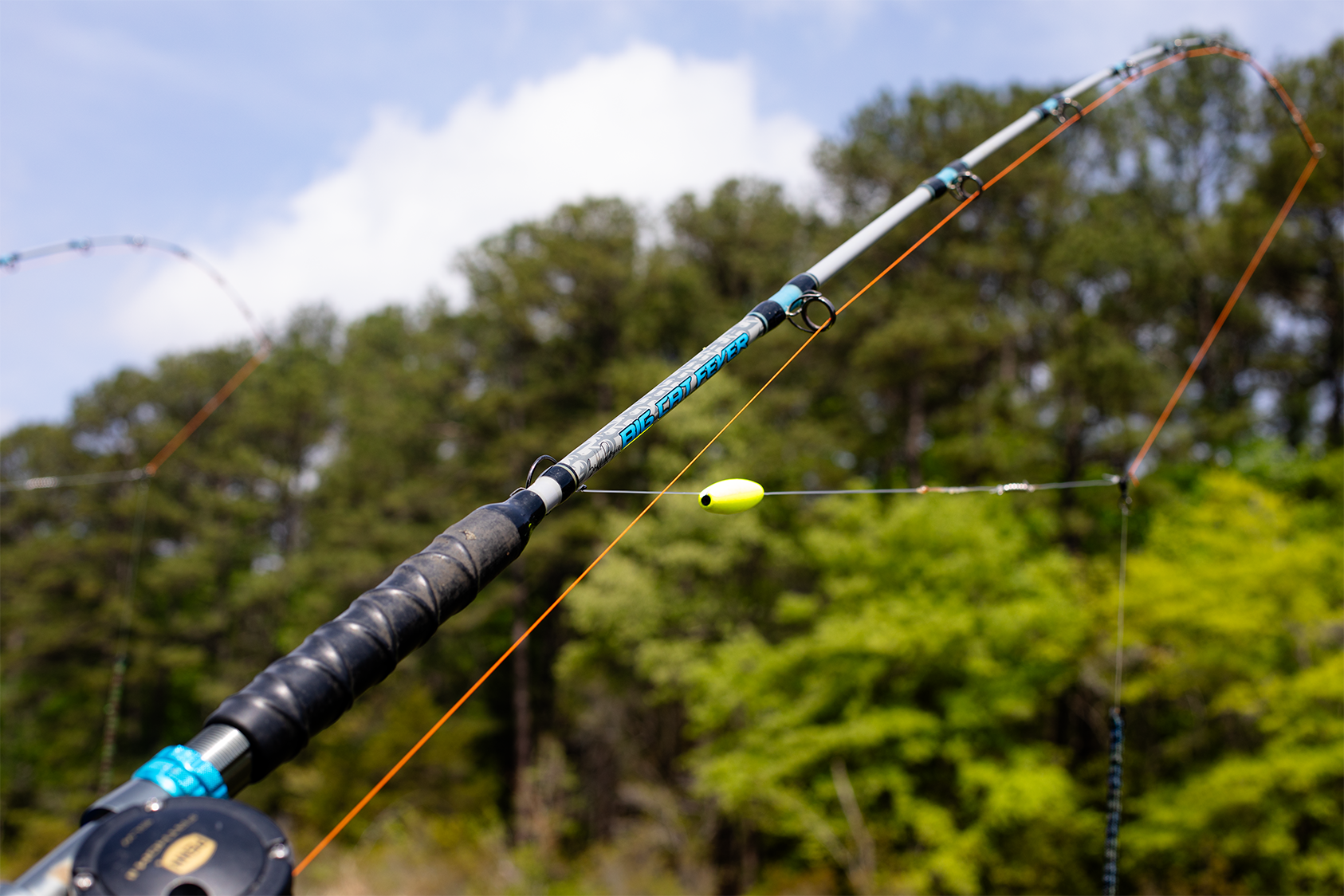
Rig #4: Dragging Rig (Snag-Resistant)
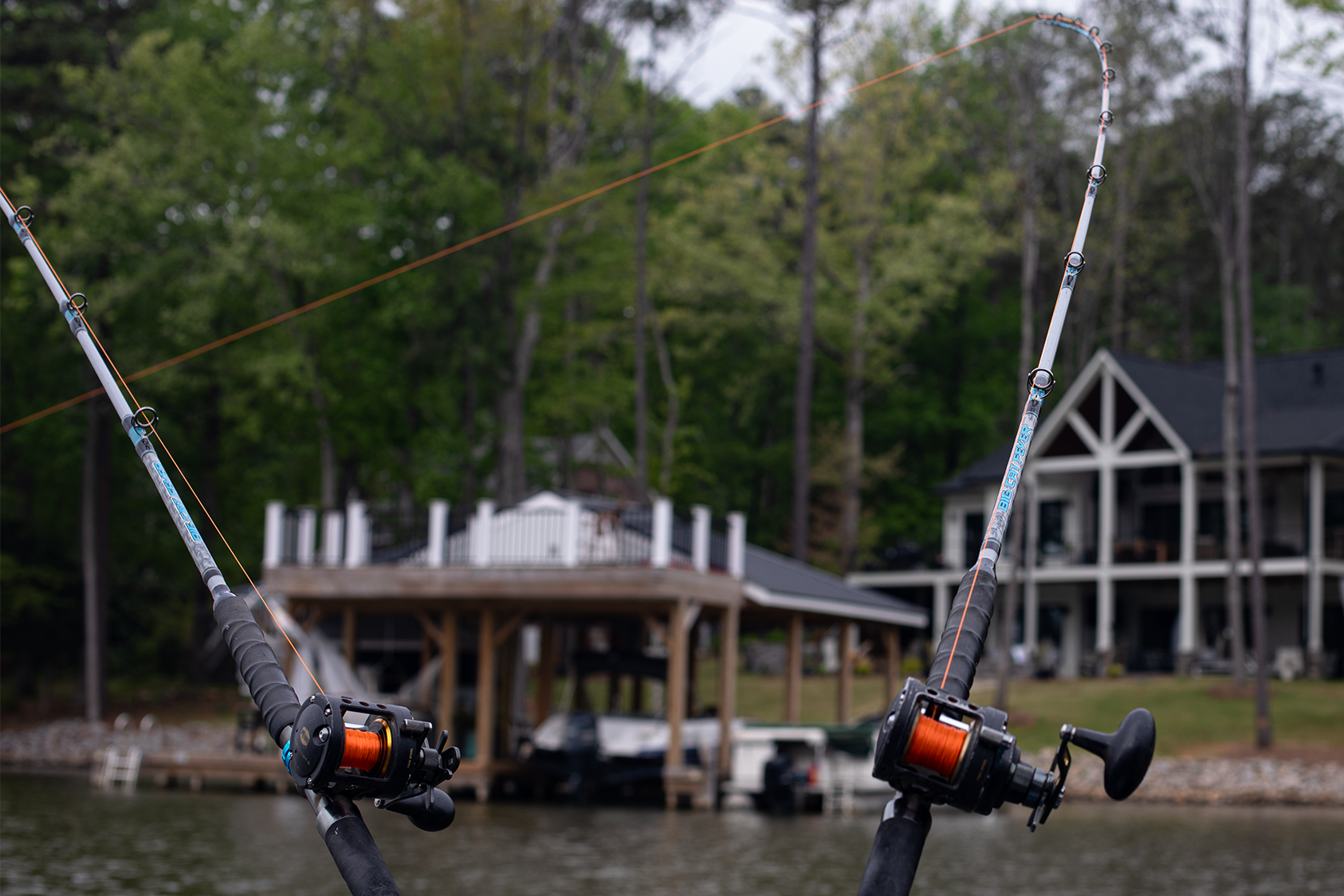
Rig #5: Slip Float Rig
Rig #6: Double-Hook Rig (Big Bait)
Rig #7: Paternoster / Dropper Rig
Rig #8: Float-and-Fly for Channels
Hooks, Leaders, and Weights: Quick Rules
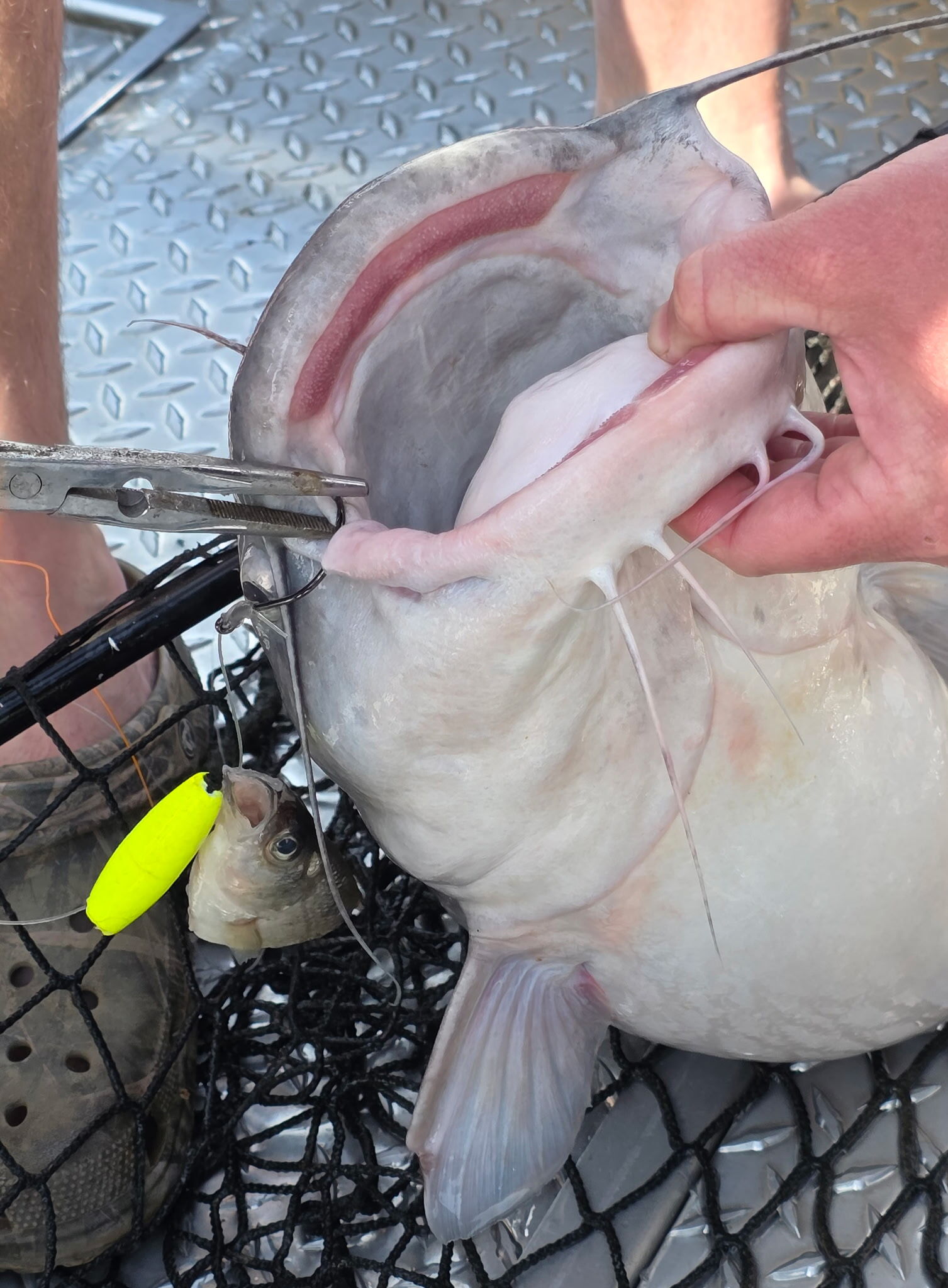
How to Choose the Right Rig (3 Questions)
Common Mistakes and Fast Fixes
Not Sure Where to Start?
Rig Tuning Tips
Conclusion
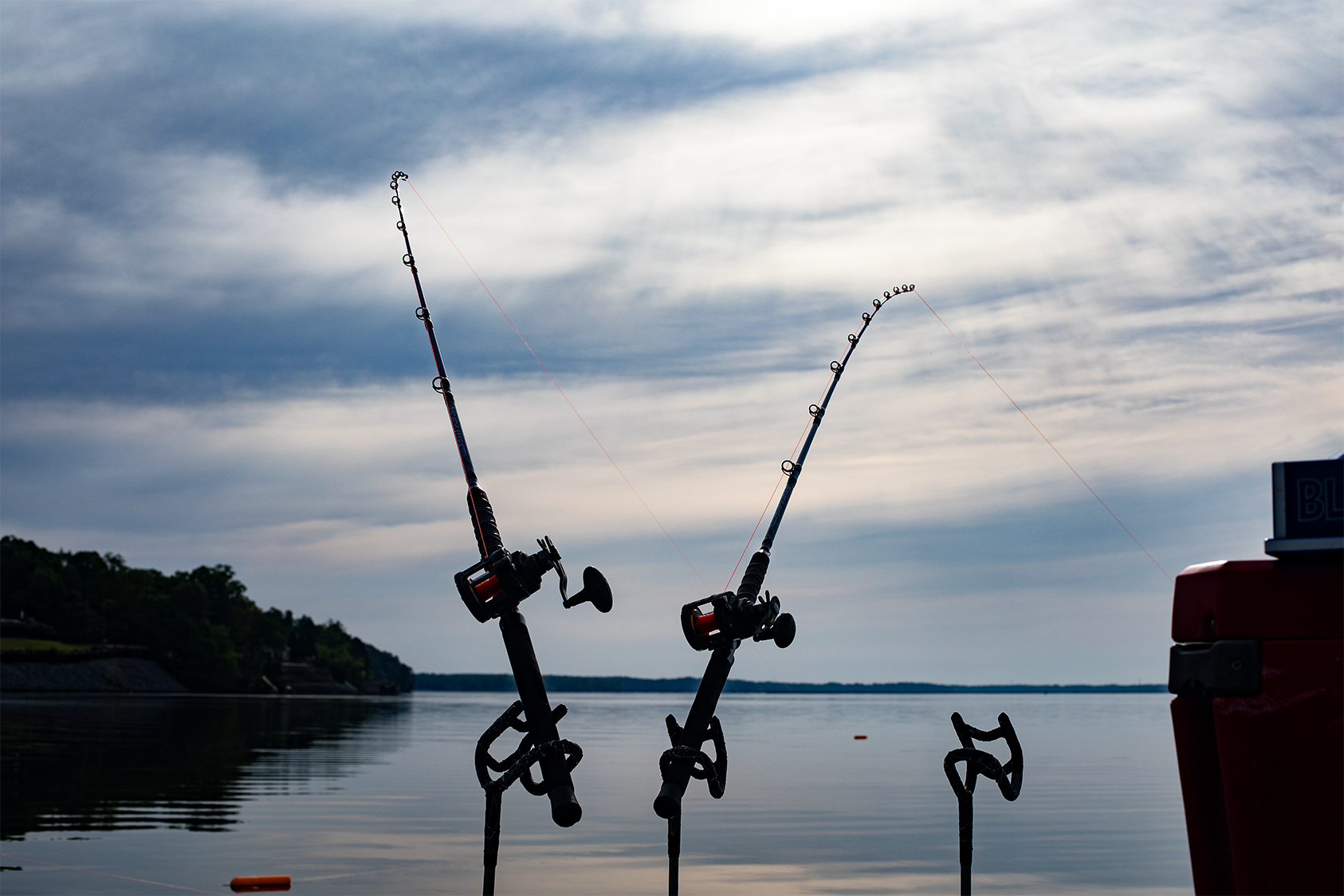
Shop Catfishing Gear

